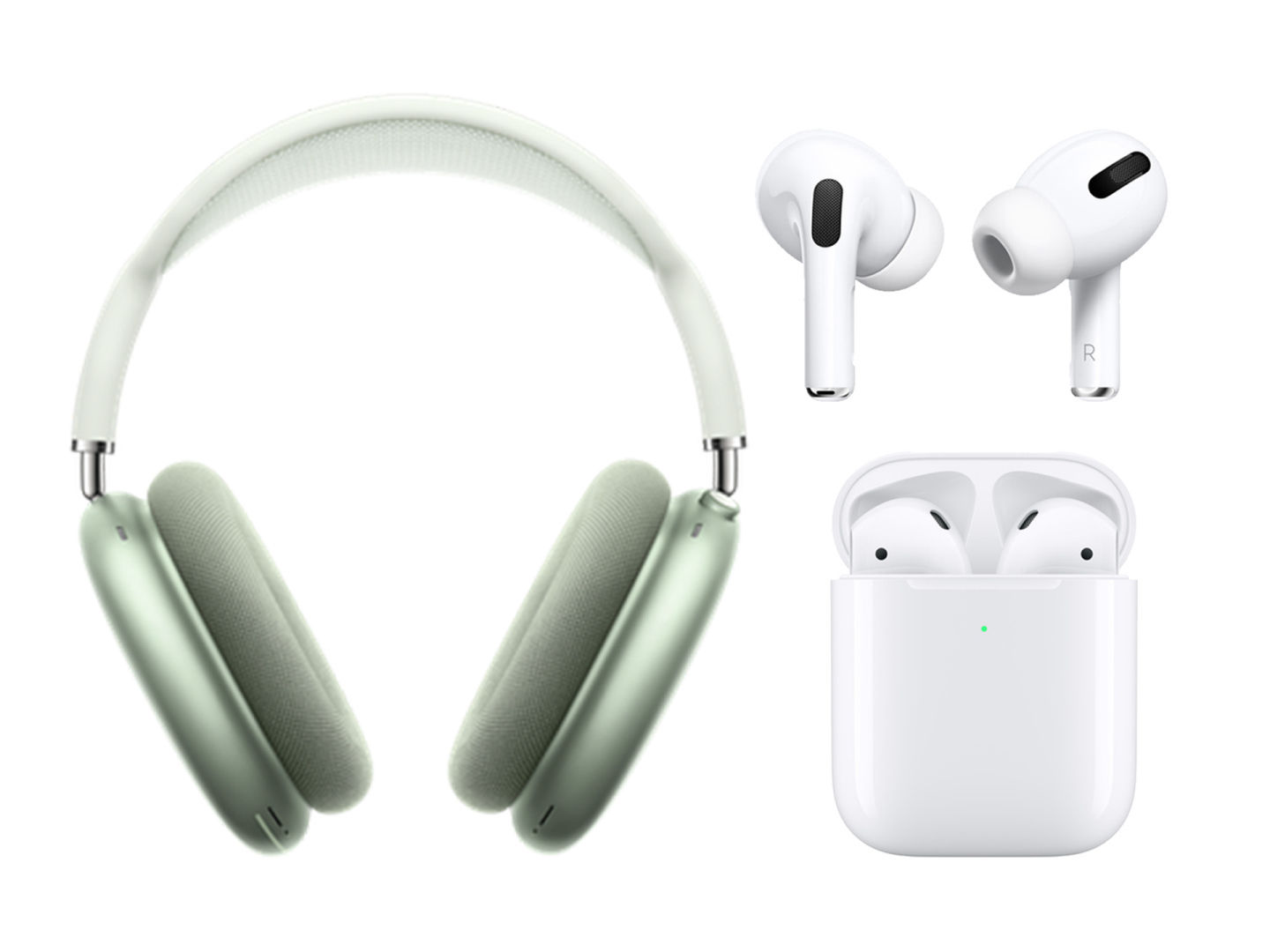厌伴老儒烹瓠叶,强随举子踏槐花。这篇文章主要讲述Android 布局巧用之includemergeViewStub相关的知识,希望能为你提供帮助。
原文链接:https://mp.weixin.qq.com/s/bTA2gztUzqvqER2rz56RRQ相信大家经常听到
include、merge、ViewStub这样的标签,官方也提到这三种布局可用于布局的优化。今天就介绍下这三种布局的使用,记录下来,便于后续app中的使用。include布局重用app开发过程中,会遇到不同页面里有相同的布局,这时我们可以将这些通用的布局提取出来到一个单独的layout文件里,再使用<
include>
标签引入到相应的页面布局文件里,主要通过include的layout属性引用。举个栗子
include的布局:<
?xml version="1.0" encoding="utf-8"?>
<
RelativeLayout xmlns:android="http://schemas.android.com/apk/res/android"
android:id="@+id/container"
android:layout_width="match_parent"
android:layout_height="wrap_content">
<
TextView
android:id="@+id/tv1"
android:layout_width="wrap_content"
android:layout_height="wrap_content"
android:text="这里是来自include布局" />
<
/RelativeLayout>
【Android 布局巧用之includemergeViewStub】
activity的布局:<
?xml version="1.0" encoding="utf-8"?>
<
RelativeLayout xmlns:android="http://schemas.android.com/apk/res/android"
android:layout_width="match_parent"
android:layout_height="match_parent">
<
TextView
android:id="@+id/tv2"
android:layout_width="wrap_content"
android:layout_height="wrap_content"
android:text="以下的内容来自include标签" />
<
include
android:id="@+id/container"
layout="@layout/include_layout"
android:layout_width="wrap_content"
android:layout_height="wrap_content"
android:layout_below="@+id/tv"
android:layout_marginTop="10dp" />
<
/RelativeLayout>
这个标签在日常工作使用还是很常见的。这里有几点需要注意下:
1、如果给
include标签 和 include所加载的布局 都添加id的话,那么id要保持一致,如例子中都是container,否则是在代码中获取不到RelativeLayout容器的。 当然我们可以避免这样的问题,只需要给其中一项添加id属性就可以。2、
include布局里元素的id 要和 include所在页面布局里的其他元素id 不同,如例子中的两个textview,如果把id设置相同了,程序运行起来并不会报错,但是textview的赋值只会赋值给其中的一个。3、如果需要给
include标签设置位置属性的话,如例子中的layout_below、layout_marginTop,这时候 必须 同时设置include标签的宽高属性layout_width、layout_height,否则编译器是会报错的。一般情况不需要设置include的其他属性,直接加载布局文件 <
include layout="@layout/...."/>
4、布局中可以包含两个相同的include标签,如下代码所示 两个
include都加载layout="@layout/include_layout"<
?xml version="1.0" encoding="utf-8"?>
<
RelativeLayout xmlns:android="http://schemas.android.com/apk/res/android"
android:layout_width="match_parent"
android:layout_height="match_parent">
<
TextView
android:id="@+id/tv"
android:layout_width="wrap_content"
android:layout_height="wrap_content"
android:text="以下的内容来自include标签" />
<
include
android:id="@+id/container"
layout="@layout/include_layout"
android:layout_width="wrap_content"
android:layout_height="wrap_content"
android:layout_below="@+id/tv"
android:layout_marginTop="10dp" />
<
include
android:id="@+id/container2"
layout="@layout/include_layout"
android:layout_width="wrap_content"
android:layout_height="wrap_content"
android:layout_marginTop="80dp" />
<
/RelativeLayout>
可以设置不同
include的id属性,引用的时候如下可以正常显示:View view = findViewById(R.id.container2);
TextView textView = view.findViewById(R.id.tv);
textView.setText("这里是来自 第二个 include布局");
merge减少视图层级
merge标签可用于减少视图层级来优化布局,可以配合include使用,如果include标签的父布局 和 include布局的根容器是相同类型的,那么根容器的可以使用merge代替。页面布局
<
?xml version="1.0" encoding="utf-8"?>
<
LinearLayout xmlns:android="http://schemas.android.com/apk/res/android"
android:layout_width="match_parent"
android:layout_height="match_parent"
android:orientation="vertical">
<
TextView
android:id="@+id/tv"
android:layout_width="wrap_content"
android:layout_height="wrap_content"
android:text="以下的内容不是来自merge标签" />
<
include
layout="@layout/merge_layout"
android:layout_width="wrap_content"
android:layout_height="wrap_content"
android:layout_marginTop="20dp" />
<
/LinearLayout>
先看没有使用
merge的:<
?xml version="1.0" encoding="utf-8"?>
<
LinearLayout xmlns:android="http://schemas.android.com/apk/res/android"
android:layout_width="wrap_content"
android:layout_height="wrap_content">
<
TextView
android:id="@+id/tv"
android:layout_width="wrap_content"
android:layout_height="wrap_content"
android:text="这里是不是来自merge布局" />
<
/LinearLayout>
看下view层的结构:
文章图片
再看使用了
merge的:<
?xml version="1.0" encoding="utf-8"?>
<
merge xmlns:android="http://schemas.android.com/apk/res/android">
<
TextView
android:id="@+id/tv"
android:layout_width="wrap_content"
android:layout_height="wrap_content"
android:text="这里是来自merge布局" />
<
/merge>
view层结构:
文章图片
可以看到对比,减少了一层的
LinearLayout的嵌套,需要注意的是使用merge的布局,在include的标签设置距离属性没有生效,可以将一些间距属性设置到include布局里元素上,具体看项目需求使用。ViewStub按需加载按需加载 顾名思义需要的时候再去加载,不需要的时候可以不用加载,节约内存使用。通常情况我们会使用
setVisibility方法来控制视图的显示和隐藏,但是这种情况视图已经加载了。比如app中页面里某个布局只需要在特定的情况下才显示,其余情况下可以不用加载显示,这时候可以使用
ViewStub。layout属性是需要加载布局<
?xml version="1.0" encoding="utf-8"?>
<
LinearLayout xmlns:android="http://schemas.android.com/apk/res/android"
android:layout_width="match_parent"
android:layout_height="match_parent"
android:orientation="vertical">
<
ViewStub
android:id="@+id/viewstub"
android:layout_width="wrap_content"
android:layout_height="wrap_content"
android:layout_marginTop="20dp"
android:layout="@layout/viewstub_layout" />
<
/LinearLayout>
需要注意的是
ViewStub的inflate()方法只能被调用一次,一旦调用后,ViewStub将从视图中移除,被对应的layout布局取代,同时会保留ViewStub上设置的属性效果。ViewStub viewstub = findViewById(R.id.viewstub);
viewstub.inflate();
这篇关于
include、merge、ViewStub的使用就介绍到这里了,具体使用情况还得视项目而定。最后附上github地址https://github.com/taixiang/include
欢迎关注我的博客:https://blog.manjiexiang.cn/
更多精彩欢迎关注微信号:春风十里不如认识你

文章图片
推荐阅读
- Appium-连接夜神模拟器
- solrj 7.xExpected mime type application/octet-stream but got text/html.
- Android studio 3.1.2没有Android monitor
- android 软件实现架构。
- win8系统电脑怎样运用自带的Outlook软件发送邮件
- win8系统登陆qq后不自动登录宠物的办法
- Win8系统电脑无法更改磁盘名称怎样办
- win8系统怎样切换本地账户?win8系统微软账户切换至本地账户的办法
- win8系统运行红色警戒2帧数10分低怎样办












